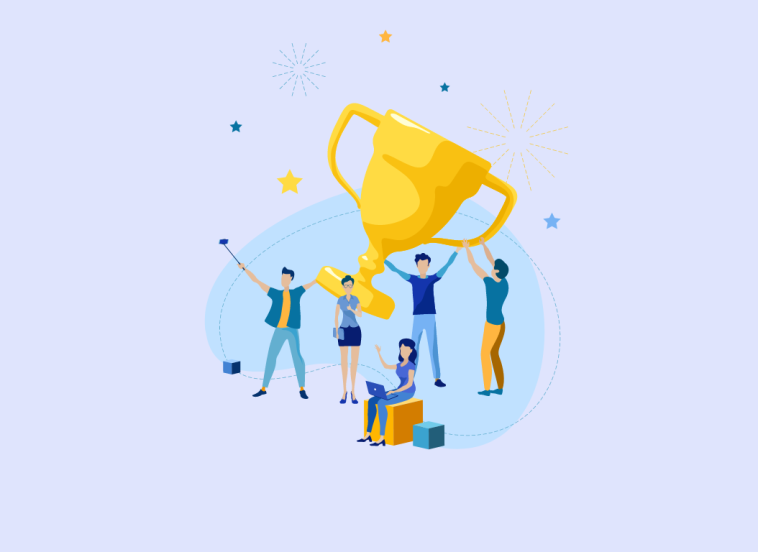There are some concepts in performance management that are on everyone’s to-do list, yet are easier said than done. Creating a culture of recognition is most certainly one of those concepts.
On paper, creating a workplace atmosphere where everyone is receiving pats on the back, exchanges words of appreciation, and feels noticed for their work is a dream come true. A real utopian workplace. Guess what? That is perfectly accurate in practice too!
Sure, creating and implementing a culture of recognition isn’t simple. It is a long game of consistency, resistance, and creating the right circumstances by providing your team with the right tools. That is why we took a look at that and boiled all of it down to 9 simple and easy-to-follow steps.
Don’t let our overuse of the word easy fool you. This will still take a lot of effort on everyone’s part. After all, when you are trying to implement a recognition culture, you are trying to break down a long chain of habits.
So without further ado, let us dive into how you can create a culture of recognition in the workplace!
Table of Contents
Make Employee Recognition Accessible
Teamflect as an employee recognition software, allows you to send appreciation messages or virtual rewards to your employees. With Teamflect you can provide feedback according to your company goals and your employee’s progress.
Continuous feedback from managers and HR teams will support the professional development of your team members. As a result, they will be more driven to improve their skills and accomplish more.



